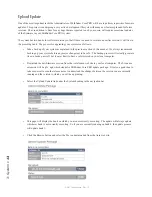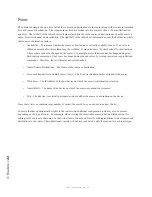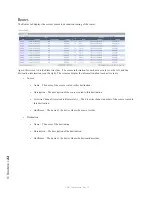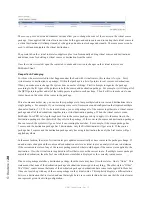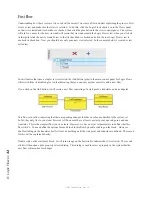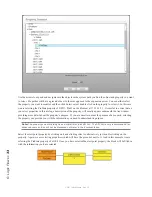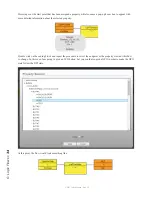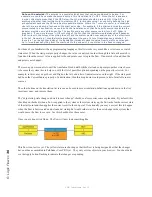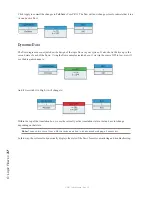
5: R
ou
te
rs
• 25
© 2017 Telos Alliance - Rev 1.2
Axia GPIO Router
The Axia GPIO Router is very similar to the Axia Audio Router. As devices get discovered which have GPIO
ports, those ports are added to this router. And in a similar fashion to the Axia Audio Router, when you make route
changes, Pathfinder Core PRO is reaching into the destination node and sending it a command which tells a specific
GPO on that device to follow the GPIs of the selected source device and port. Due to the nature of GPIOs on an
Axia network, this routing becomes a little more nuanced and could use some explanation.
There are three ways to route GPIO closures across an Axia network. The Axia GPIO Router in Pathfinder Core
PRO only uses one of these methods. It is important to understand all of the methods because if you try to use
conflicting methods at the same time on a GPIO port, that port can cause erroneous and unpredictable closures.
First, within the Axia device itself you can assign a channel number to a GPIO port. When you do this, you are
creating a special situation where you are telling the port to bind itself to Axia Mixing Console GPIO signals from
whatever console currently has loaded that Livewire channel number.
Second, you can assign an IP address and port number of a GPI to a GPO. This is called snake mode and it is what
the GPIO Router uses to tell a device’s GPOs to mirror another port’s GPIs. Therefore, when you make a route
change in the Pathfinder Axia GPIO Router from Node 1 port 1 to Node 2 port 4, any GPI closures on Node 1 port
1, will be mirrored as GPOs in Node 2 port 4. And these route changes can be updated dynamically, just as with any
other router.
The third way that GPIOs can be used is to leave both the Livewire channel number and the routing assignment
unassigned and then directly trip the closures using Pathfinder’s (or some other automation system’s) event system
by sending closure commands to the device.
The reason it is important to understand these three methods of GPIO closures is that it is possible to do multiples of
them at the same time which is occasionally useful but more often, just a mistake. For example, we often see users
who think that the GPIO ports should have a Livewire channel number and so just arbitrarily assign them. Then you
can get into a situation where they have created Pathfinder events to make and respond to changes on those ports but
those same ports are also being fired by changes on the mixing console causing confusion and calls to Axia Support.
It is important to understand how you intend to use a given GPIO port, and configure it correctly for that task.
Virtual Routers
Virtual routers are a special kind of router. You can think of a virtual router as a way to make a subset of routes
you wish a specific user to use. For example, you could create a router that only contains the routes from the Axia
Audio Router that are related to a specific studio. Or you could create a router that only contains the routes that
are relevant to the final air chains. This allows you to create purpose driven routers that display only the routes
that are relevant to a specific set of tasks and are therefore much easier to navigate than browsing every source and
destination on the entire network.
However, virtual routers can also go much deeper than just subsets of routes. For any specific virtual source or
destination, you can also associate multiple real sources or destinations with that virtual source. That sounds
complicated but actually it is relatively simple and extremely powerful. For example, let’s say that every time you
route a specific Audio Source to a specific Audio Destination, you also want to route a GPIO source that carries
signaling information related to that audio source to a specific GPIO destination. An example of where this might
be useful would be switching from a primary automation system to a backup automation system. You could use
a Virtual Router to do this. Create a virtual source that contains both an audio and a GPIO source, and a virtual
destination that contains both an audio and a GPIO destination. Now, when you use the virtual router to route that



